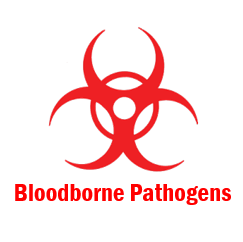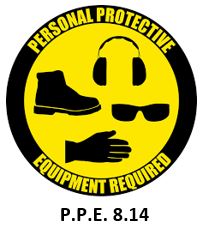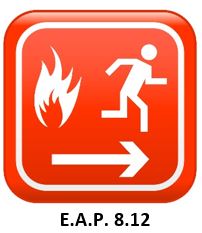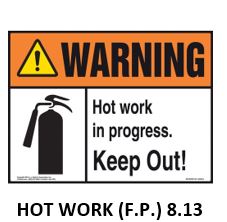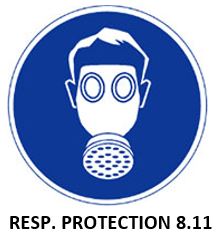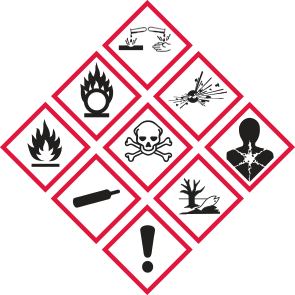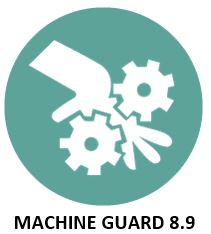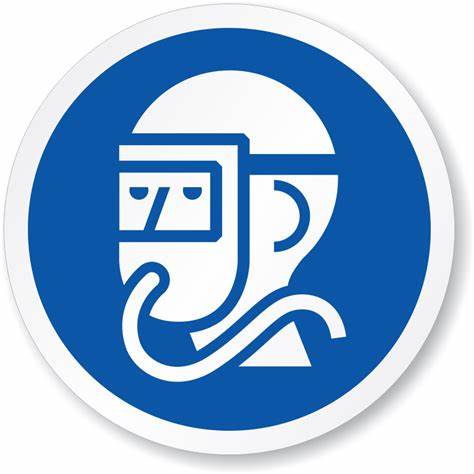Title Page
-
Conducted on
-
Prepared by
-
Location
Untitled page
-
A form is used to collect information
-
Most serious incidents are investigated.
-
Written program specifies:<br>• Roles and responsibilities.<br>• The sequence of steps in the investigation process.<br>• The standard forms to be used.<br>• Procedures, definitions and examples for root cause determination.<br>• Incidents/injuries requiring corporate notification and the procedures (required form) for making this notification. <br>• Situations requiring government agency notification.<br>• Employee training requirements.<br><br>A revision log shall be included as part of the written program
-
Written program is reviewed annually and updated as necessary. The revision log has been maintained to reflect the annual review and any other changes made to the written program throughout the year.
-
Root causes are identified for all investigations. Root cause analysis is documented in EHS Exchange.
-
A minimum of two people on the incident investigation team have been trained on the investigation procedure and use of a root cause analysis tool. Formalized refresher training is provided every three years.
-
EHS Exchange is used to track corrective actions related to incident investigations.
-
Fatalities, serious injuries, environmental, and significant incidents are reported to the appropriate government agencies, management & Corporate EHS.
-
Employees understand to report all injuries and incidents.
-
Team based investigations are completed within 5 workdays for all recordable injuries and significant first aids
-
Some "near miss" investigations occur.
-
Corrective actions are tracked to closure and are effective in preventing recurrence
-
Employees are aware of and can discuss previous accidents and corrective actions (relevant to employees work).
-
A report out (in person or via conference call) is made to the site manager for all lost time injuries
-
Top management reviews all recordable injury investigations for quality and timeliness.
-
Top management learns from and acts on lessons learned from significant incidents occurring at other locations.
-
Trending is performed and results of analysis are used to identify Site and Department specific safety plan goals and objectives.






